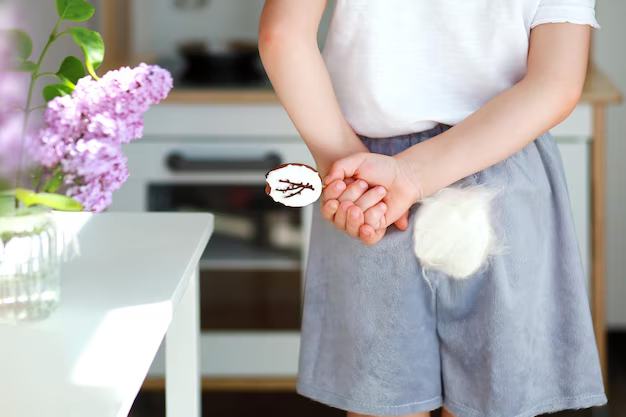Finding Relief: Practical Steps to Manage Urinary Incontinence
Urinary incontinence can be an unsettling and often embarrassing condition, but it's more common than many realize. A variety of underlying factors contribute to the condition, such as weakened pelvic floor muscles, certain medications, or even habitual lifestyle choices. The good news is, there are many effective strategies and treatments to help manage or even eliminate these troublesome symptoms.
Understanding the Root Causes
Before exploring solutions, it's crucial to understand what's causing urinary incontinence. Common causes include:
- Pelvic floor muscle weakness: Pregnancy, childbirth, and aging can weaken the muscles that support the bladder.
- Chronic conditions: Diabetes or neurological disorders like Parkinson’s disease may contribute to bladder control issues.
- Lifestyle factors: Excessive caffeine or alcohol, obesity, or a sedentary lifestyle can exacerbate the condition.
Effective Home Remedies and Lifestyle Adjustments
Pelvic Floor Exercises
Also known as Kegel exercises, these involve contracting and relaxing the muscles you use to stop urination midstream. Over time, consistent practice can strengthen the pelvic floor, potentially improving bladder control.
Maintain a Healthy Weight
Extra weight puts pressure on the bladder, exacerbating incontinence. Engaging in regular physical activity and adopting a balanced diet can help minimize symptoms.
Bladder Training
This involves setting a schedule for bathroom visits, gradually extending the time between them to train the bladder to hold more urine.
Limit Irritants
Reduce or avoid caffeine, alcohol, and spicy foods, as these can irritate the bladder and worsen symptoms.
Medical Treatments and Interventions
If lifestyle changes aren't enough, it's wise to consult a healthcare professional about other options:
Medications
Doctors may prescribe medications that help control bladder spasms or manage overactive bladder symptoms.
Surgical Options
In more severe cases, surgical interventions like sling procedures or bladder neck suspension may be recommended to provide lasting relief.
Electrical Stimulation
This therapy uses mild electrical pulses to strengthen pelvic floor muscles and reduce incontinence episodes.
Government Aid and Financial Assistance
For those facing high medical costs, government aid programs can provide substantial support.
- Medicare and Medicaid may cover part of the costs for treatments, therapies, or medications required to manage urinary incontinence.
- Reach out to local health departments or senior services organizations for information on financial assistance available for medical expenses.
Take charge by understanding the debt relief options available to manage healthcare costs, including consultations with non-profit credit counselors who can guide financial strategies and budgeting.
Exploring Educational Opportunities
Empowerment comes through knowledge. Consider enrolling in workshops or educational programs offered by local health organizations or community colleges that focus on bladder health and wellness.
Taking these steps can ensure you're not only tackling urinary incontinence but also equipping yourself with the financial and educational tools needed for broader personal well-being.
Financial Assistance and Educational Opportunities:
- 💵 Medicare & Medicaid: Coverage for incontinence treatment.
- 📚 Local Health Workshops: Bladder health education and training.
- 🏦 Non-Profit Credit Counseling: Managing medical costs.
- 🎓 Community College Courses: Learn about personal health management.
- 🇺🇸 State Assistance Programs: Check eligibility for aid and support initiatives.

Related Topics
- a Patient You Are Caring For Uses Incontinence Briefs
- Are Incontinence Products Tax Deductible
- Are Incontinence Supplies Covered By Medicare
- Are Incontinence Supplies Tax Deductible
- Can a Bladder Infection Cause Urinary Incontinence
- Can a Kidney Stone Cause Incontinence
- Can a Urinary Tract Infection Cause Incontinence
- Can a Uti Cause Incontinence
- Can Constipation Cause Incontinence
- Can Constipation Cause Urinary Incontinence